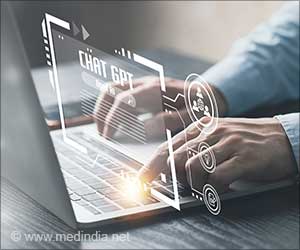Researchers have now determined that problems in moving limbs after surgery or injury could be traced to a thin layer of epithelial cells found in tendons.

Adhesions cause organs to stick together and are extremely painful and distressing for patients, who often have to undergo surgery and rehabilitation. The estimated cost of adhesions to the NHS is £100 million each year.
In this study, published in the journal PLoS One, the researchers wanted to understand how tendon adhesions form, so examined the surface of healthy tendons and discovered that they are covered by a thin layer of skin.
“Tendons attach our muscles to bone and are essential for movement,” said lead researcher Professor Karl Kadler, from the Wellcome Trust Centre for Cell Matrix Research in Manchester’s Faculty of Life Sciences.
“In order to do this, tendons need to glide freely but when an adhesion forms the tendon can no longer travel over the bone, which causes pain, stiffness and reduced movement.
“We reasoned that the surface of tendons must contain a special cell that stops adhesions from forming in healthy people. We discovered that the tendon is actually covered by a thin layer of epithelial cells, which are usually found in skin.
Advertisement
The team were able to show that mice with defective cells at the surface of their tendons appeared to have difficulty walking and spontaneously develop tendon adhesions, even without surgery or injury.
Advertisement
Source-Medindia






